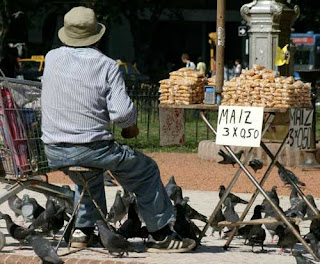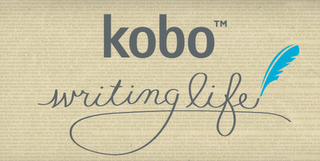Ewan Morrison has made a number of incendiary remarks about the future of self publishing and social media. He believes that self publishing is a fad and that it's day will soon be over. Specifically, in his latest article, Why Social Media Isn't The Magic Bullet, he claims that writers who have published their work themselves will not be able to use social media as an effective means to grow a readership for their work.
My response: Time will tell. It seems to me a number of writers are doing just that, but if Mr. Morrison believes this is a bubble and it's about to burst, well, I guess we'll wait and see.
David Gaughran has a more active and literary response, one much more befitting an indie author. He writes:
This gets to the heart of Morrison’s misconception of how self-publishers use social media. It’s not about selling books, it’s about making connections. The only thing that has ever really sold books is word-of-mouth.Precisely! Growing a readership is about connecting with people, as Seth Godin says, it is all about building a tribe. And who wouldn't want to be part of a tribe? I'm part of many tribes/communities.
The difference today is that social media can act as an accelerant to the spreading of that “word.” If a reader discovers a book they enjoyed (whether self-published or not) they don’t have to wait until they meet somebody in person to recommend it to them. They can email their friends, blog about it, post it to Facebook, or tweet it (reaching all their friends in less time than it takes to meet one of them for coffee).
Note: I said “a reader” not the author. If you are friends with somebody, and trust their taste in books, you will place value in their recommendations. What happens with social media is that such recommendations can spread much more efficiently.
Authors – whether self-published or not – who attempt to mimic this organic process through relentless tweeting about their own work will soon find that such an approach is ineffective (and counterproductive).
That doesn’t mean that authors don’t do it. You only need to log on to Twitter and Facebook to see plenty of “buy my book” spam.
The problem for Morrison’s argument is that he (a) assumes that all self-publishers use social media in this way and (b) assumes that such marketing is integral to self-publishers’ sales/marketing strategies; neither claim bears any resemblance to reality. In fact, I would wager that there is an inverse relationship between a self-publisher’s sales and the amount of “buy my book” spam they emit.
As David writes:
I don’t relentlessly tweet about my work. I announce a new release, or a special sale, and I might point my followers towards a nice review now and then – but that’s about it.David mentions that well-known self publisher Joanna Penn has a rule-of-thumb. 80% of the time don't say anything about what you're selling. Less than 20% of your social media time should be taken up with promoting your products.
The rest of my time on Twitter or Facebook is spent connecting with people – hashing out the issues of the day, making friends, joking, sharing advice, seeking help, getting to know each other; you know, just like meeting people in real life.
That seems about right to me. By the way, if you haven't taken a look at Joanna's website, it is full of great articles. You can visit her here: http://www.thecreativepenn.com/
Further reading:
- The Harlequin Class Action Lawsuit Explained
- Helping Writers De-Stress: Meditation Apps
- Writer Beware: Outskirts Press
Photo credit: Alaskan Dude




















